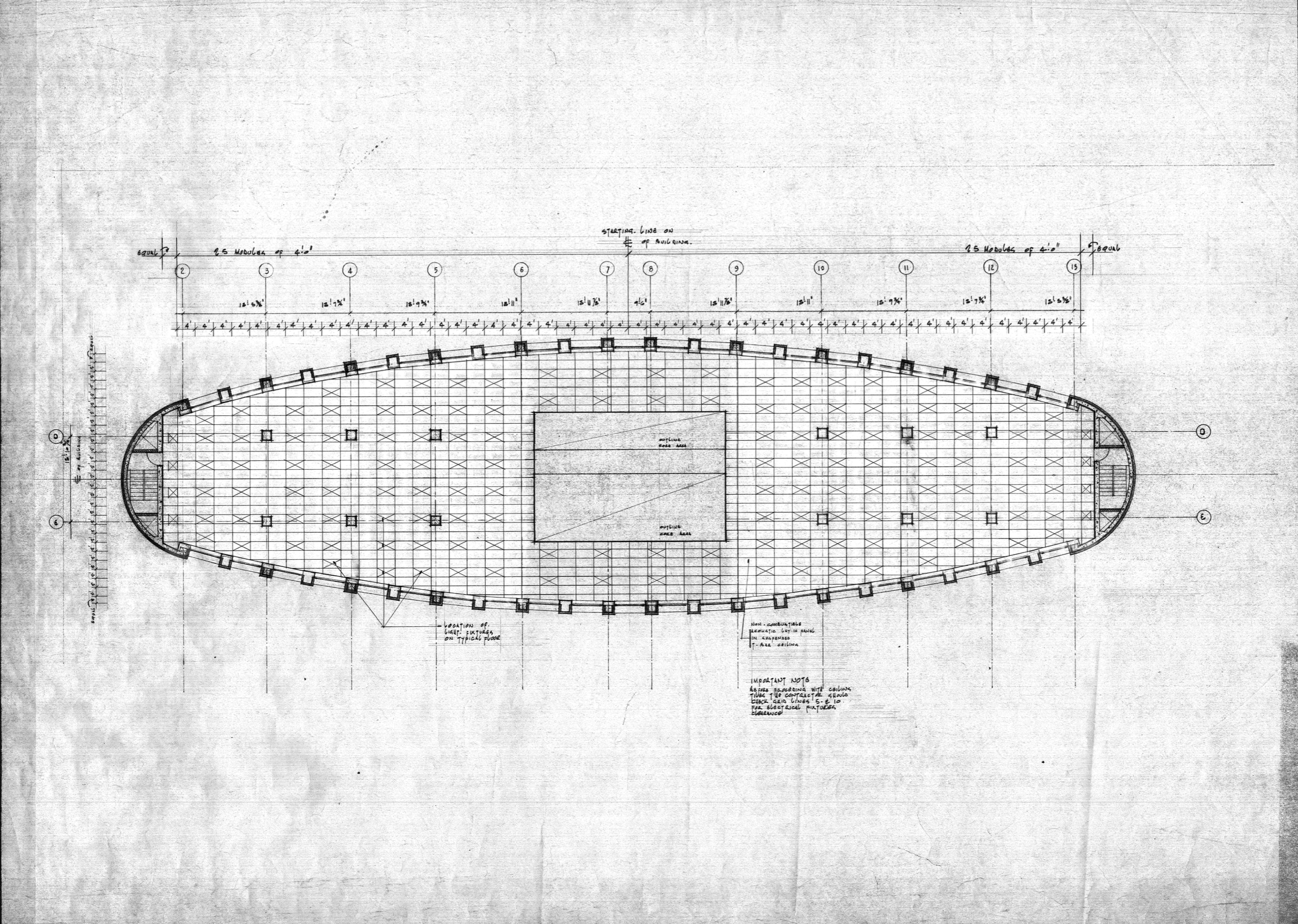Location: Ottawa, Ontario
Date of Completion: 1968
Architect: Schoeler & Heaton Architects Inc.
Nominated by: Joel Harden, MPP (Ottawa Centre)
“I think the trend of architectural expression is to design and build according to the personality of the client… An example of this can be found in Ottawa in the new Headquarters for the Public Service Alliance of Canada. The appearance of the building reflects the growth and forward movement of PSAC.”
The Right Honourable Pierre Elliot Trudeau, Prime Minister (1968-1984)
Modern yet familiar, Ottawa’s Public Service Alliance of Canada (PSAC) Building forms part of a unique period in our nation’s history when Canada searched for a distinct national architectural identity that could both remember where it came from and aspire toward a better future.
Ambitious for the Future, Anchored to its Place
The 1960s was a happening decade for Canadian architecture, characterized by an energetic search across the country for a unique architectural identity that spoke not about our past, but our future. The government played a central role in this search, no doubt spurred by the findings of the 1951 Massey Commision, which identified the key role government should play in the development of culture and art in the country, including its architectural identity.
The buildings that emerged during this period were forward-looking, embracing new ideas and forms fitting for a young country hitting its stride. At the same time, architects were also conscious of establishing a clear sense of place, taking cues from the vast Canadian landscape to ground their work as distinctively Canadian. This was particularly true in the design of new public institutions such as museums, embassies, and other government offices. As architect and Toronto Metropolitan University professor George Kapelos writes, in the book, Canadian Modern Architecture, 1967 to Present, this “new architecture spoke of a nation mindful of its past, anchored to its place and ambitious for the future.”
It is within this context that the Public Service Alliance of Canada—one of the largest labour unions in the country—sought to build a new headquarters in the nation’s capital.
Elliptical in plan and rising 12 storeys, the PSAC Building rejected Ottawa’s long-established tradition of referencing and reviving European architectural styles of the past. Instead, this office tower offers an alternative Canadian architectural identity that is both forward-looking yet strongly rooted in a sense of place.
Its height, elliptical plan, and almost complete lack of ornamentation speak to the ideas of Modern architecture, a movement that rejected the styles of the past to make way for new materials and buildings shaped by their function rather than aesthetic norms. Conversely, its material palette, overall proportions, and incorporation of arched windows have an undeniable resemblance to the neighbourhood’s existing building stock. Even the modern grid of windows cannot escape a subtle nod to the surrounding architectural character—the spandrels incorporating an abstracted interpretation of a classical egg-and-dart motif. By blending both modern ideals with local motifs, the PSAC Building emerges as a unique response to the question of what is Canadian architecture.
 Elliptical plan of the PSAC Building. Drawing courtesy of RMA+SH.
Elliptical plan of the PSAC Building. Drawing courtesy of RMA+SH.
Craft and Artistry
Though modern in its simplicity, the PSAC Building also makes evident a painstaking attention to detail and a love for fine craftsmanship that is not always associated with Modern buildings.
No move in this building is unintentional—each detail relating to an overall vision for the building’s architectural expression. Nowhere is this more evident than in the thorough incorporation of curved geometry across every element of the office tower. From the overall floor plan to the 12th floor round arched windows, the subtle egg-and-dart detailing to the globe-shaped lights, and even the subtle filet of the window grid, every building element has been carefully designed and executed to form a cohesive whole.
This level of craftsmanship is carried through to the building’s interior, where three sculpted doors mark the entrance to the PSAC boardrooms. The doors are the work of local Ottawa artist James Henderson Boyd, who spent four months carving this work. Full of symbolism that is said to reference the theme of humanity and unionism, it is hard not to notice that, once again, the ellipse has been carefully incorporated into this building element.
 Left: Exterior egg-and-dart motif and spherical light fixture. Image by Joël León Danis. Right: Intricate carved doors by James Henderson Boyd. Image courtesy of RMA+SH.
Left: Exterior egg-and-dart motif and spherical light fixture. Image by Joël León Danis. Right: Intricate carved doors by James Henderson Boyd. Image courtesy of RMA+SH.
This post forms part of our World Architecture Day Queen’s Park Picks 2023 series in which the OAA asked Ontario’s Members of Provincial Parliament (MPPs) to nominate a prominent building, past or present, in their riding for a chance to learn more about it. Check out the rest of the series to learn more about great buildings across the province!